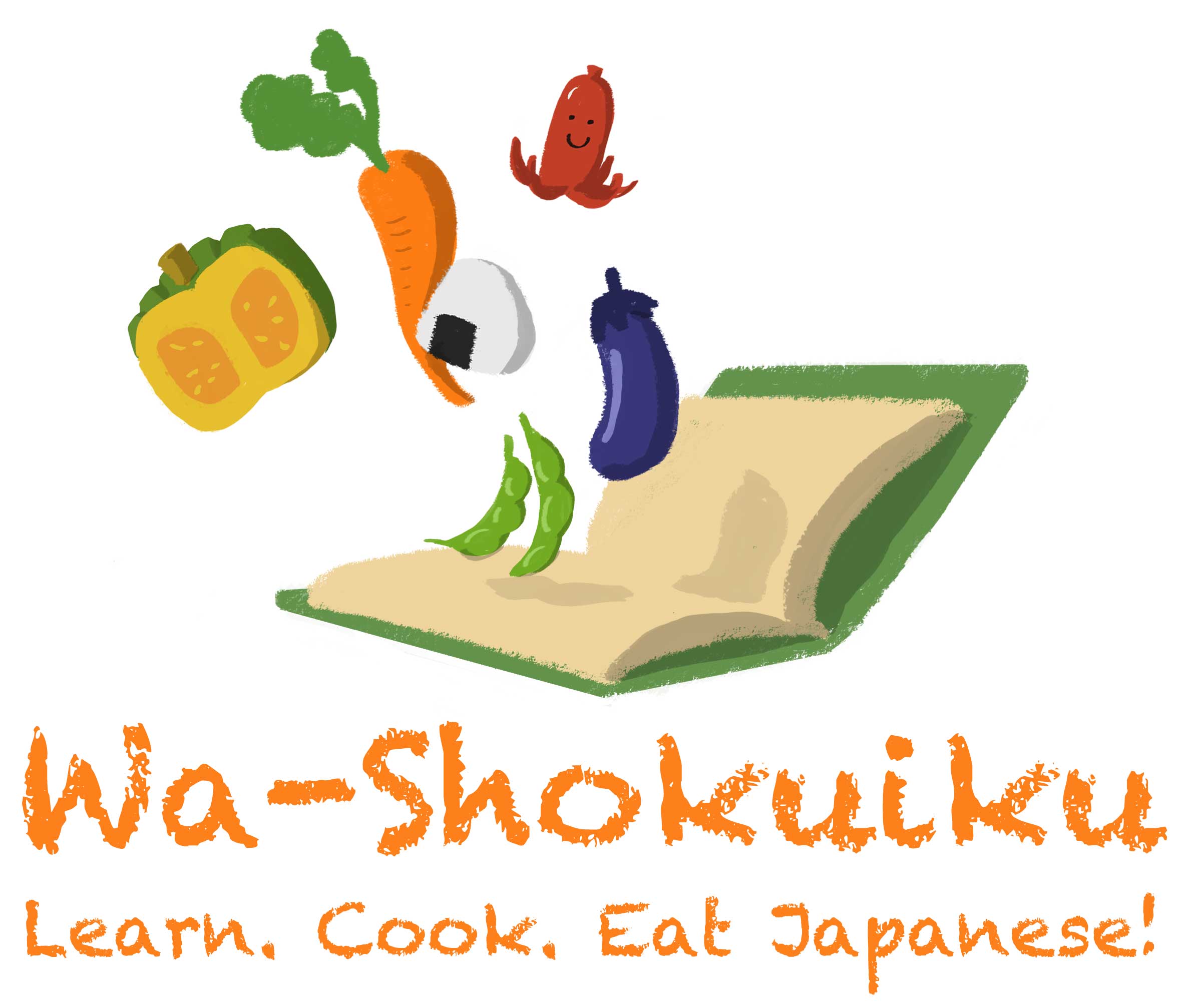We will introduce your students to a variety of Japanese foods and customs in hopes of expanding their palates through eating, gaining new skills and building awareness of major food issues facing the world. Each 60-90 minute session (time dependent on site) focuses on a single category related to washoku and is organized around history, nutrition and contemporary use with an emphasis on hands-on cooking and activities.
The following lists are sample topics we cover in the program. Every lesson has a lecture, hands-on cooking activity, and tasting time. You can have all the classes or some selected classes or one-time class. We have enough lesson variations to provide the program throughout the year.
Wa-Shokuiku’s program includes seven unique sessions:
1) Wa-Shokuiku Introduction and Rice
Rice is the foundation to Japanese food and culture. In this class, students will be introduced to fundamental ingredients and cultural concepts unique to Japan. They will have an opportunity to make Japanese rice, as well as the iconic rice ball, onigiri, and cucumber pickles.
2) Food from the Sea: Fish and Seaweed
As an island nation Japan has relied on the bounty of the sea in nearly all aspects of their cooking. This class explores different types of common sea products found in Japanese food, ranging from fish to seaweed. Students will have an opportunity to learn about umami, or savoriness, and make norimaki (sushi roll) with tuna in this lesson.
3) Soy Products
The soybean is a key ingredient in washoku – eaten raw, fermented, and in a variety of other forms. For much of its history the Japanese diet was vegetarian and a large source of their protein came from this humble bean. In this lesson students have an opportunity to experience soy in several forms – including edamame, miso and tofu.
4) Vegetables
The Japanese diet relies heavily on vegetables for vitamins and minerals, as well as to offer a unique visual aesthetic on the table. In this lesson students will explore a Japanese style vegetable recipe, vegetable chahan (Japanese Fried Rice) – as well as unique Asian vegetables such as lotus root and daikon.
5) Kyushoku (Japanese school lunch)
The Japanese school lunch program (kyūshoku) is regarded as one of the best in the world, being nutritionally balanced as well as delicious. It also involves students in the food preparation process, serving and clean-up. Students will make Nikujaga (Japanese Meat and Potato Stew), a popular Japanese school lunch menu. They will experience the customs, manners, and traditions that Japanese students practice every day at lunchtime.
6) Popular Japanese food
Ramen, okonomiyaki/savory pancake, curry rice, yaki-soba! We can’t forget about popular Japanese foods, many of which are known the world over. Sometimes considered “street food” or “home style” cooking. We will create healthy versions of these popular dishes and discuss where you might find them in your local neighborhood as well as in Japan. They will make either Okonomiyaki or Ramen.
7) Obento
Obento is a type of boxed meal where a variety of colorful foods are arranged attractively to entice the diner and provide a portion of the daily nutrients necessary for good health. It is a feast for the eyes and stomach! Students will have an opportunity to make their very own bento. For a 7-week series, at the end of the session the students get to keep their bento boxes and hopefully will try to make washoku at home!
8) ONIGIRI ACTION (Fall)
ONIGIRI ACTION is our fall annual social good campaign. Since its launch in 2015, the ONIGIRI ACTION campaign has fed millions of children in need around the world. We work with schools around the U.S. from elementary schools to colleges to hold ONIGIRI ACTION classes, where students make a difference around the world while making “onigiri” rice balls and learning about Japanese food culture.
9) #EdamameChamp (Spring)
#EdamameChamp is acampaign to promote healthy eating through Japanese cuisine focusing on soy, which is a key ingredient for Japanese food, and to raise funds for providing food education opportunities to children. During the campaign, #EdamameChamp classes will be held, where participants will learn about soy through interactive presentations, cook soy dishes, and compete with their chopstick skills.
How does the Wa-Shokuiku Project Work?
Our instructors and volunteers will implement and teach the Wa-Shokuiku curricula in elementary to middle schools as part of after school programs, working with teachers and schools to find a time and class duration that works for them. The Wa-Shokuiku instructor will provide all materials for the class – including the hot plates and cooking gear. As part of the project, we ask that a plastic lidded bin with non-perishable supplies be left with the host class for the duration of the program. The instructor will bring perishable goods and equipment with them weekly as needed. Clean up will be done by students and teachers alike, insuring that the facility is as clean as when they began. Want to learn more? Email us with your questions!












